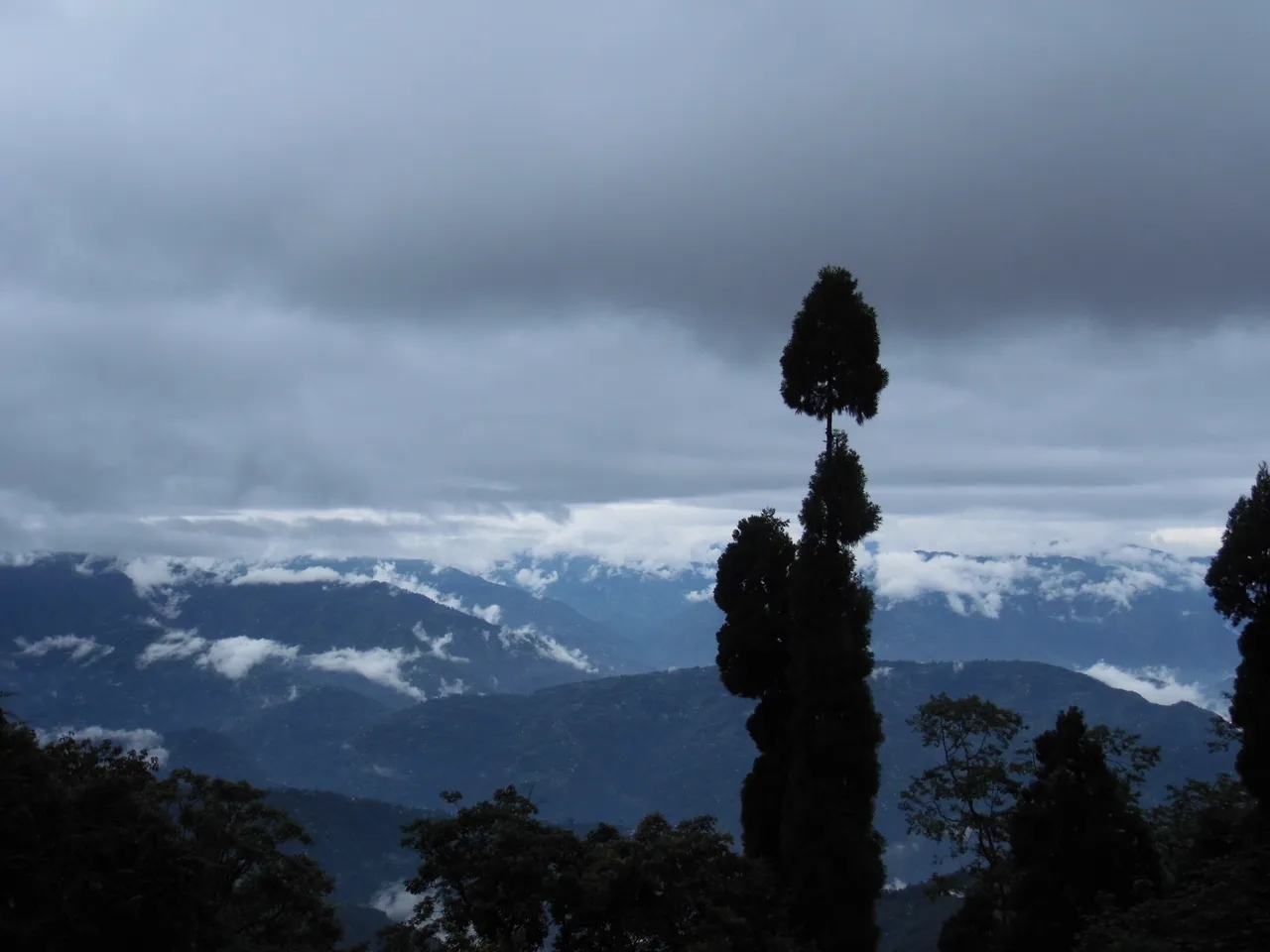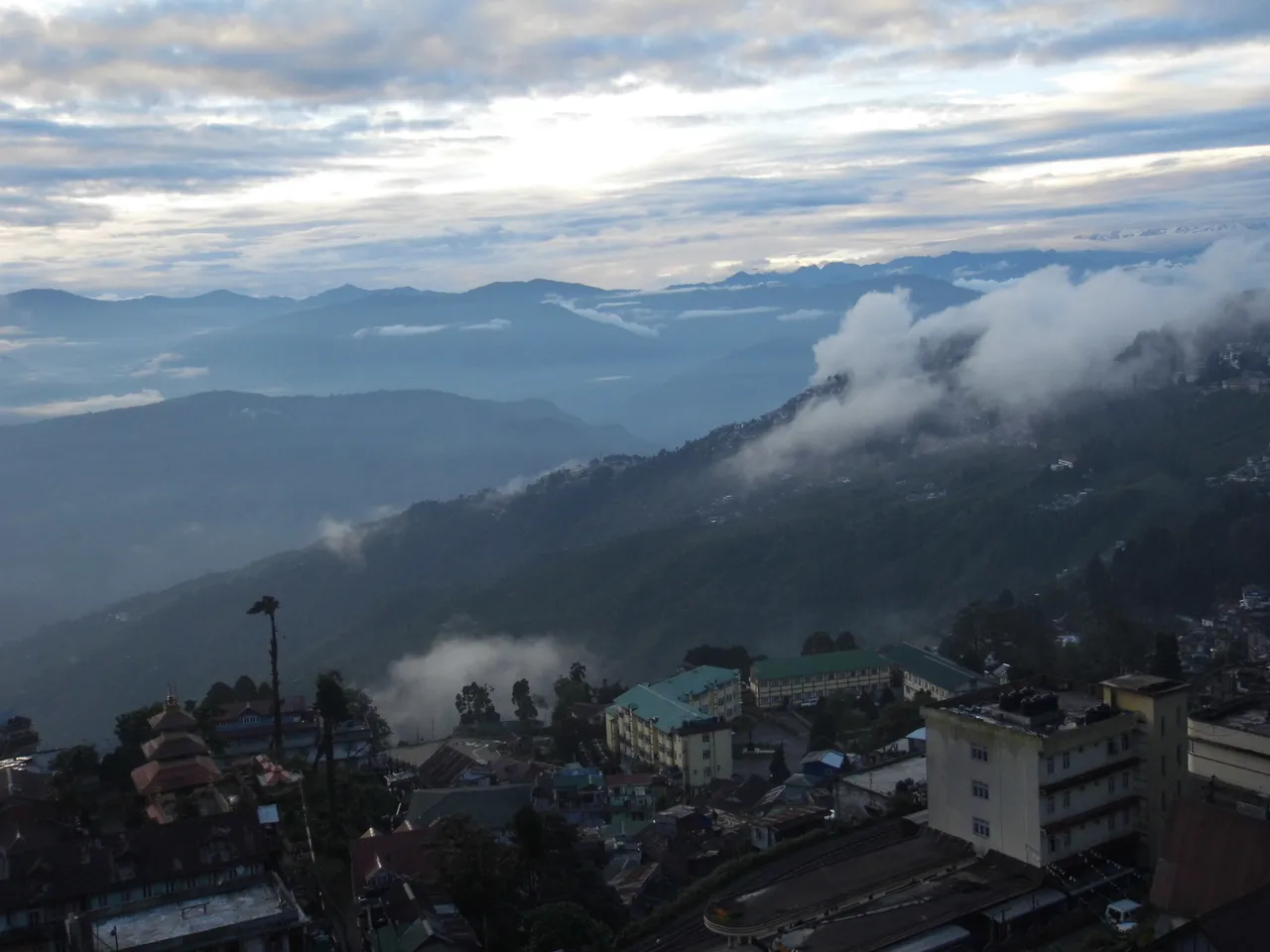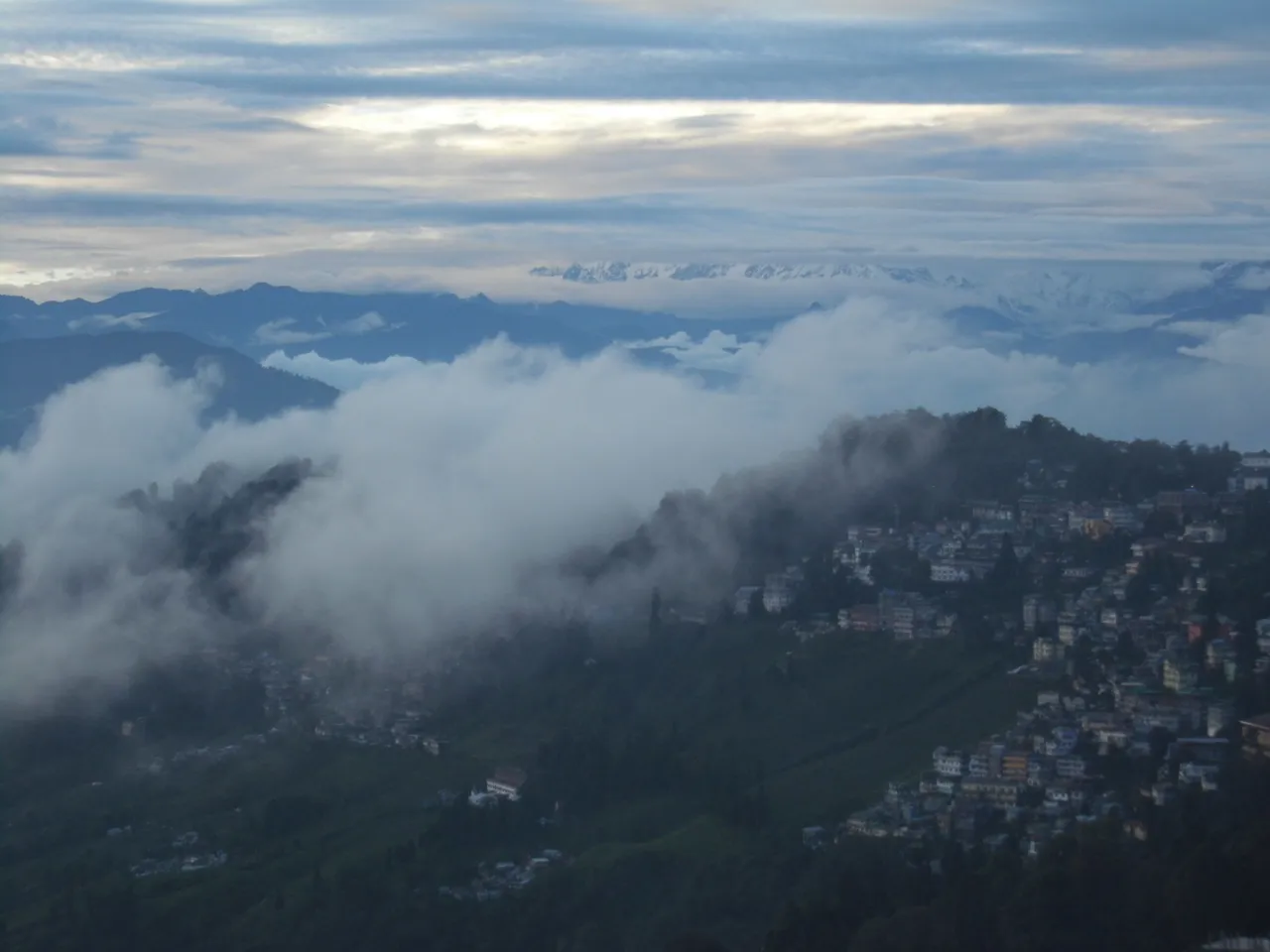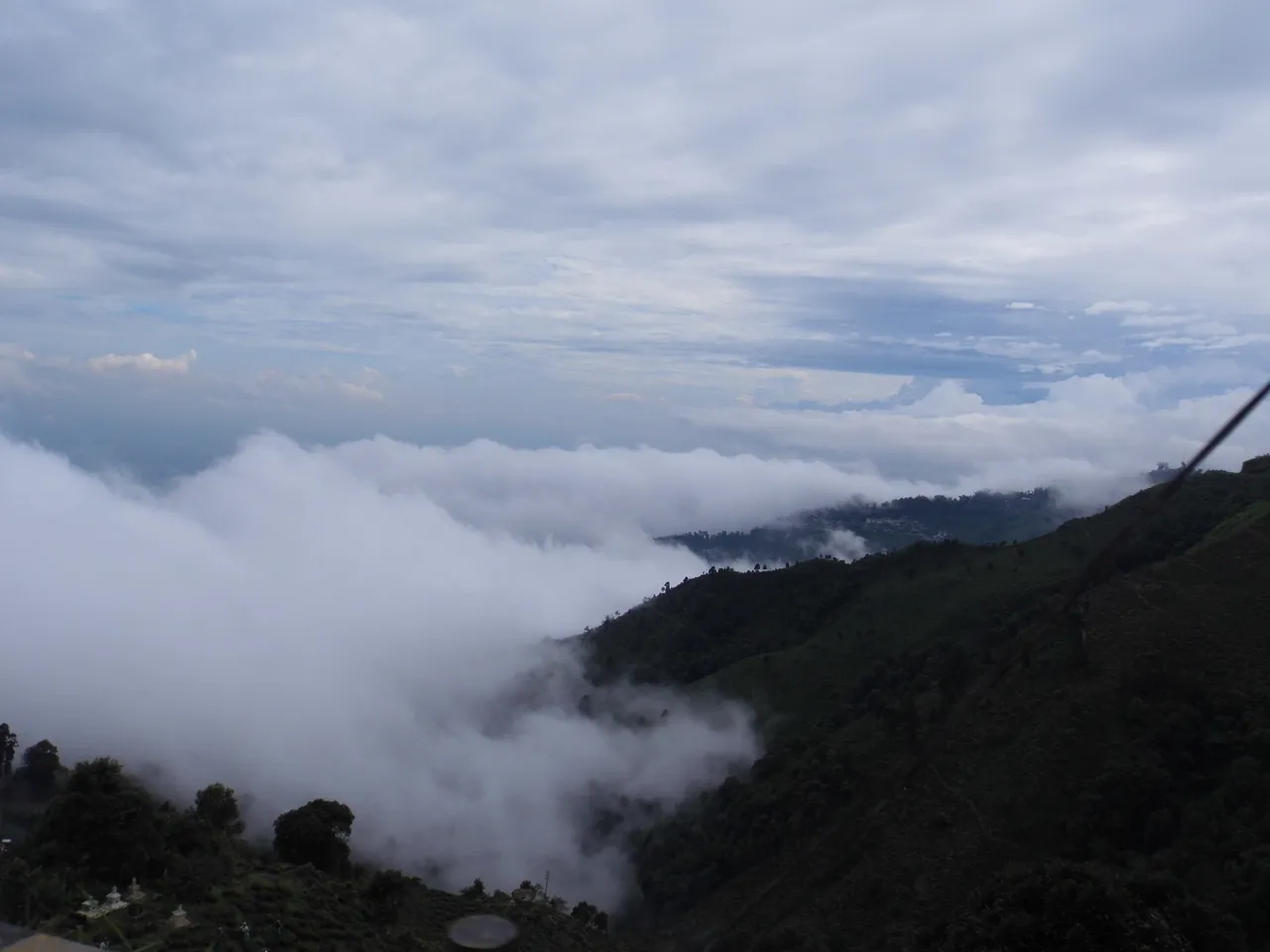The name ofthe district 'Darjeeling' probably has Tibetan origin. This means
where lndra's (the Hindu God) thunderbolt or sceptre rested (Dorje - the majestic
thunderbolt, Ling - place, hence 'the place of the thunderbolt'). This was also the
name of a Buddhist monastery once situated on the top of the Observatory Hill in
Darjeeling (Mordecai and Agarwala, 1960).

A L Waddell, who visited Darjeeling in 1889 informs us that Darjeeling
means the cave of the mystic thunderbolt on the Observatory Hill from which cave
Dorje-ling or Darjeeling derives its name. Earl of Ronaldsay says, 'In the interests of
historical accuracy I should, perhaps, add that I believe the commonly accepted
explanation to be incorrect. A derivation, seldom heard, but which I have the best of
grounds for believing to be correct, is that which attributes the word Dorje in the first
half of Darjeeling to the name of a Lama, Dorje-rinzing, who founded the monastery
which once stood on Observatory Hill. The shrine was subsequently removed to the
Bhutia Basti, where it remains to this day; but the former site retained the name of the
place of Dorje-Lama.' According to another view Darjeeling is the corruption of the
Sanskrit word 'Durjaya-Linga' means 'Siva of invincible prowess, who rules the
Himalayas'. Sankrityayan thinks that this view is not tenable. He also believes that
Dorje-ling was the name of the monastery on the Observatory Hill and means 'vajra-dvipa'

Little is known about the early history of Darjeeling. The area was historically
part of the kingdom of Sikkim. In 1706 what is now the Kalimpong subdivision of the
district was taken from the Raja of Sikkim by the Bhutanese (Ray, 1967). In 1780, the
Gorkhas marched into Sikkim, annexed the Terai, advanced to the Teesta River and
set off a conflict they had not bargained for. They had trodden on the toes of the East
India Company, the war of 1814 was fought with Nepal, the tract ceded by the treaty
of Titaliya in 1817, and the Raja of Sikkim was reinstated with his sovereignty
guaranteed by the Company. Sikkim, including Darjeeling, became a buffer state
between Nepal and Bhutan (Kar). Ten years later the dispute broke out afresh. In
1828, another dispute occurred between Nepal and S}kkim. Two Officers, Captain
Lloyd and Mr. Grant were deputed in 1828 to deal with the disputes.

They however found the Darjeeling region very suitable as a sanatorium for
British troops. The company negotiated with the king of Sikkim to lease the area
starting in 1835. Dr. Campbell, a member of the Indian Medical Service and
Lieutenant Napier were given the responsibility to found a hill station there. Thus in
1835 the king of Sikkim through a Deed of Grant gave a portion of the Darjeeling
hills to the British for establishing a sanatorium. This was an unconditional cession.
But the government granted the Raja an allowance of Rs. 3000 as compensation and
raised the grant to Rs. 6000 in 1846.

The rest of the ceded area was however under forest and practically
uninhabited. According to Captain Herbert, this was because about ten years
previously (i.e., in 1830s) 1200 able-bodied Lepchas forming two-thirds of the
population of Sikkim had been forced by the oppression of the Raja to fly from
Darjeeling and its neighbourhood and take refuge in Nepal. What little cultivation there had been was abandoned and the Raja prohibited his subjects from going to
Darjeeling and helping in the establishment of new settlements (Ray, 1967).

After the independence oflndia in 1947, Darjeeling became a part of the state
of West Bengal. A separate district of Darjeeling was established consisting of the
hilly towns of Darjeeling, Kurseong, Kalimpong and some parts of the Terai region.
The district was placed thereafter in the Presidency Division (Ray, 1967). After the
People's Republic of China annexed Tibet in 1959, thousands of Tibetans fled to
India, migrating to several places in the district, including Darjeeling. The district is at
present under the Jalpaiguri Division (Ray, 1967).
